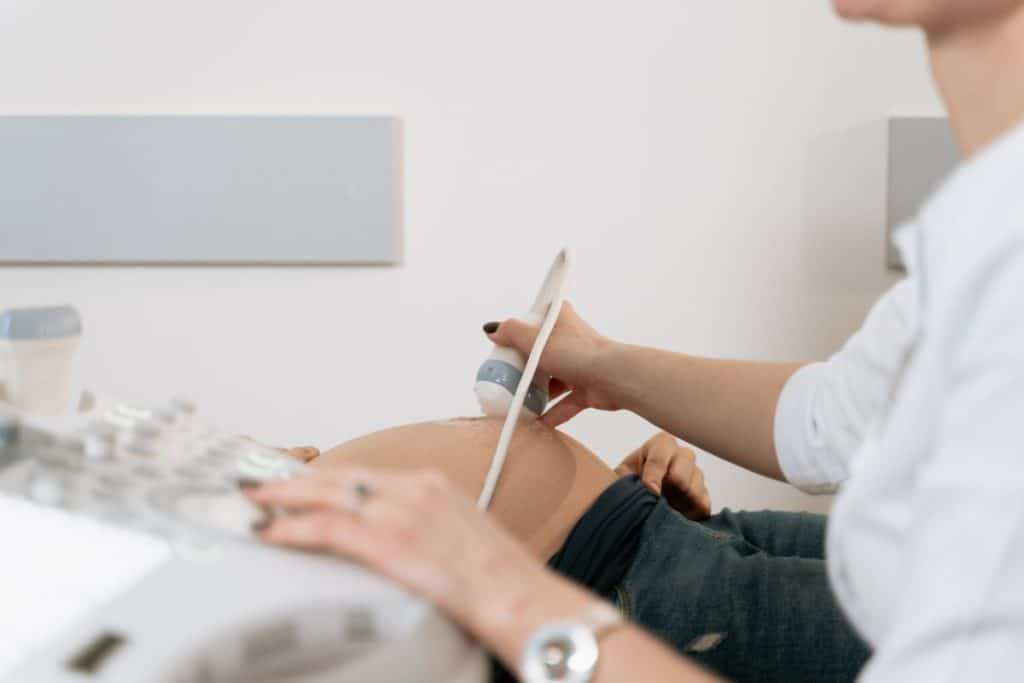There were 36,346 births in Croatian maternity hospitals last year in which 36,991 children were born, of which 36,854 were live births and 137 were stillborn, according to the report of the Croatian Institute of Public Health for 2021, Jutarnji list writes on Friday.
The report also confirms some trends in the last ten years, including the fact that pregnant women are getting older, that there are more and more cesarean births, and a decrease in the number of births among girls under 14 years of age.
Namely, 33.71 percent of women giving birth were between 30 and 34 years old, and 20.05 percent of them were between 35 and 39 years old. 28.11 percent of women between the ages of 25 and 29 gave birth, and the good news is that there were only three births between the ages of 14 and younger. The number of pregnant women under age continues to decrease, which was 466 last year, and 752 five years ago.
Experts point out that the increase in the number of births after the age of 30 is associated with women’s extended education, later employment, but also the inability to solve the housing issue and changes in social attitudes towards family formation.
It is worrisome, however, that fewer and fewer women decide to give birth at an age that, according to biological and medical criteria, is optimal for giving birth. At the same time as the age of the first pregnancy increases, so does the number of couples seeking help in medically assisted fertilization.
The age of pregnant women has been particularly increasing since 2016, while in previous years most women gave birth between the ages of 25 and 29. One of the indicators of the development of medicine is the data on the share of live births of mothers older than 35 in developed countries, including in Croatia. For example, in 1995 this share was 9.16, and two years ago it was 23.58, similar to that in Slovenia, the Czech Republic, Hungary and Austria.
Also interesting are the data on medical check-ups of pregnant women, which can have a significant impact on the course and outcome of pregnancy, and from which it is evident that the coronavirus pandemic had a considerable impact.
Namely, as many as 587 women giving birth, or 1.6 percent of them, did not control their pregnancy at all, while in 2020, that number was half as low, i.e. 282 women, or 0.8 percent of them, did not attend examinations. 519 pregnant women were examined one to three times, but most of them, 71.5 percent, still had the optimal number of examinations. It is best for the first examination to be before eight weeks of pregnancy, and last year 67.4 percent of pregnant women did so.
This report of the HZJZ confirms the trend of a decrease in the number of spontaneous births and an increase in the number of cesarean births. The data show that last year 25,719 women gave birth spontaneously, 1.5 percent by vacuum, 4.6 percent of births were “breech”, and 10,016 or 27.6 percent by caesarean section, which is one percent more than the year before, the journalist writes. The morning paper of Goranka Jureško.
Track N1 via Android apps | iPhone/iPad and social networks Twitter | Facebook | Instagram.

